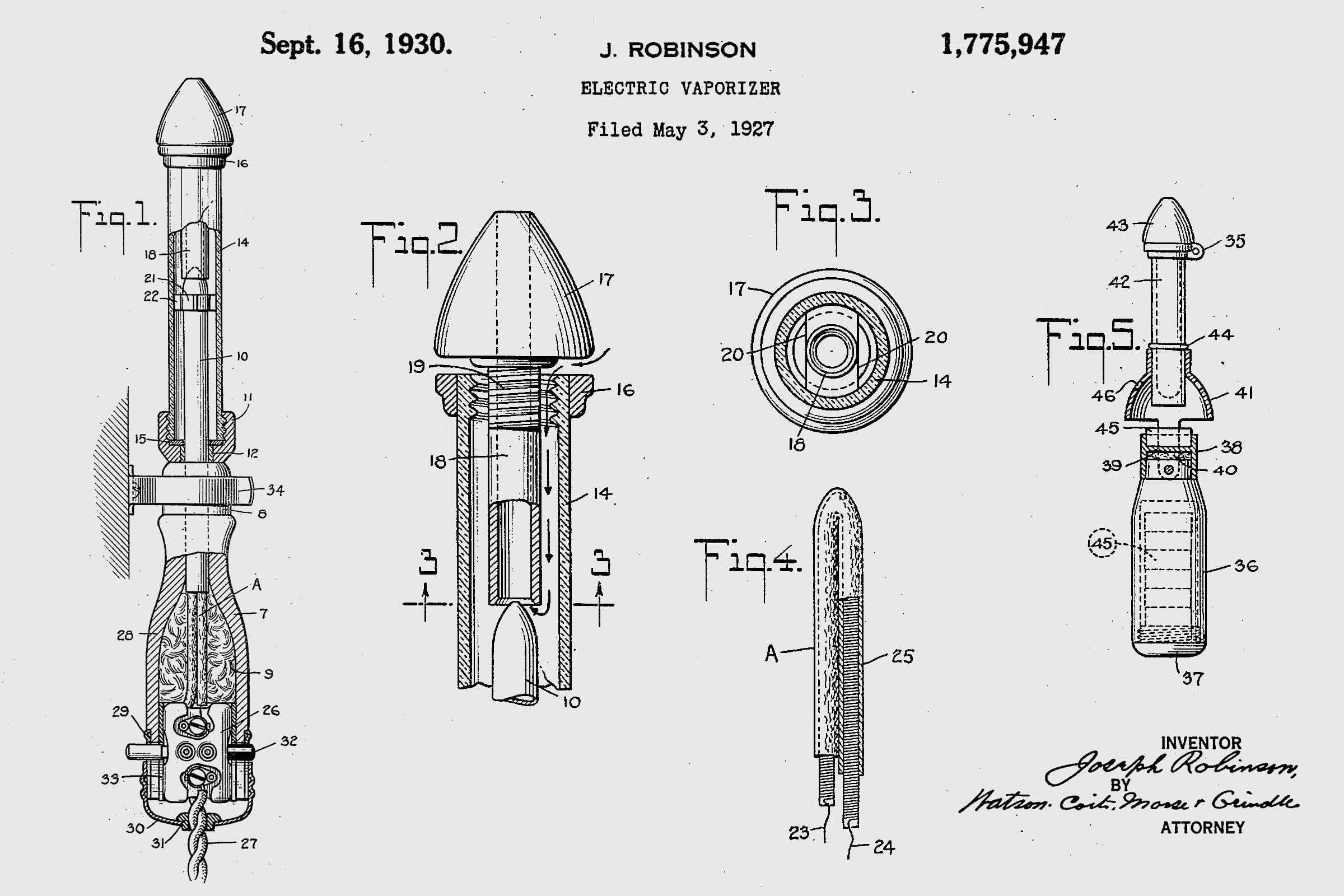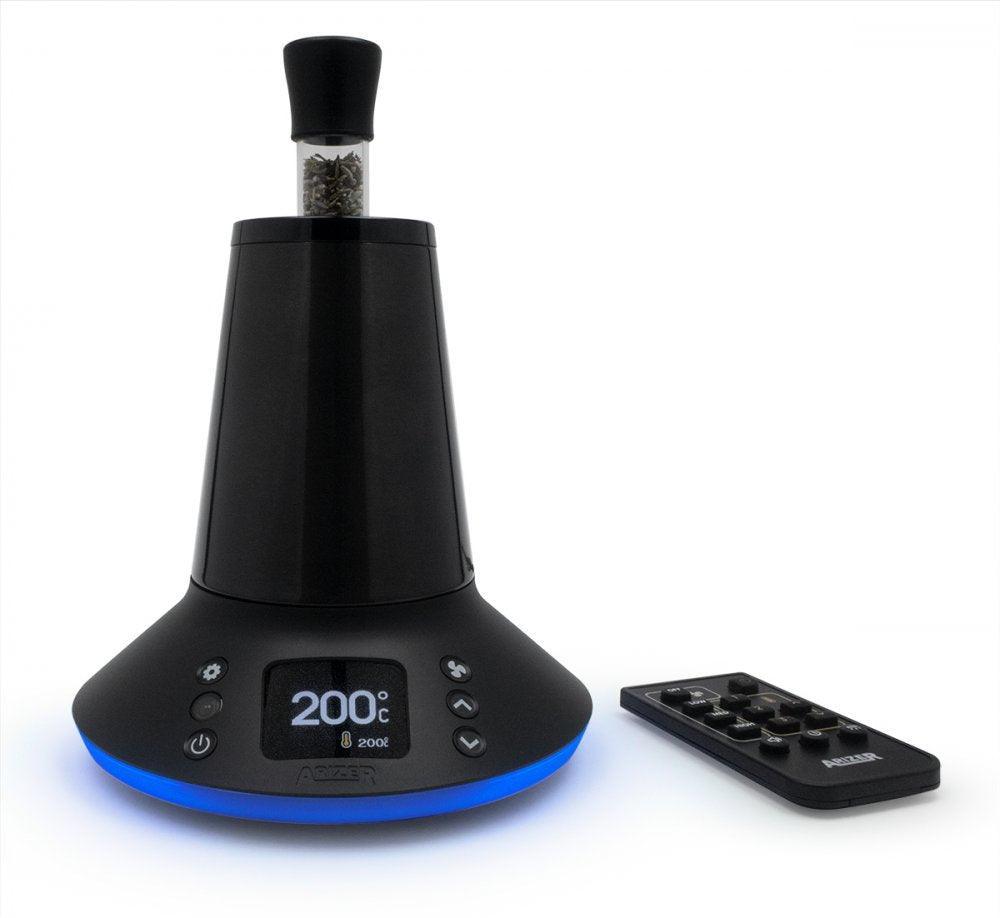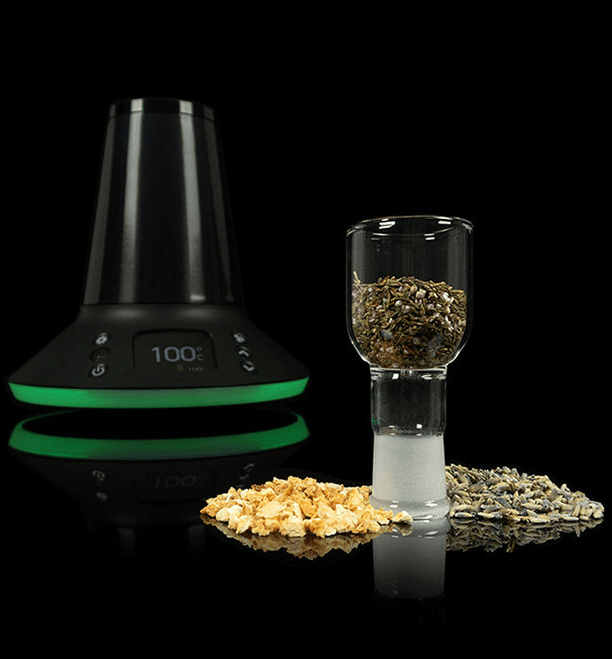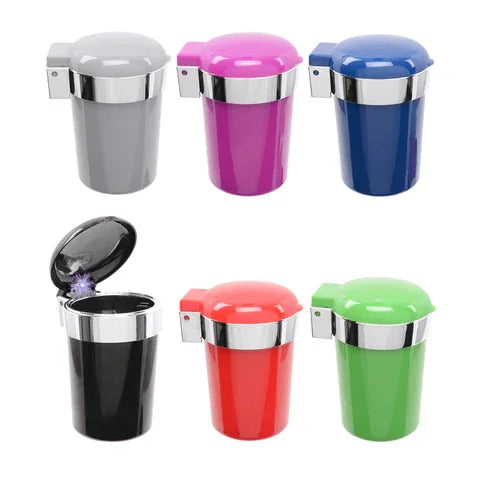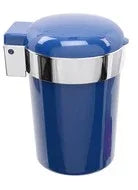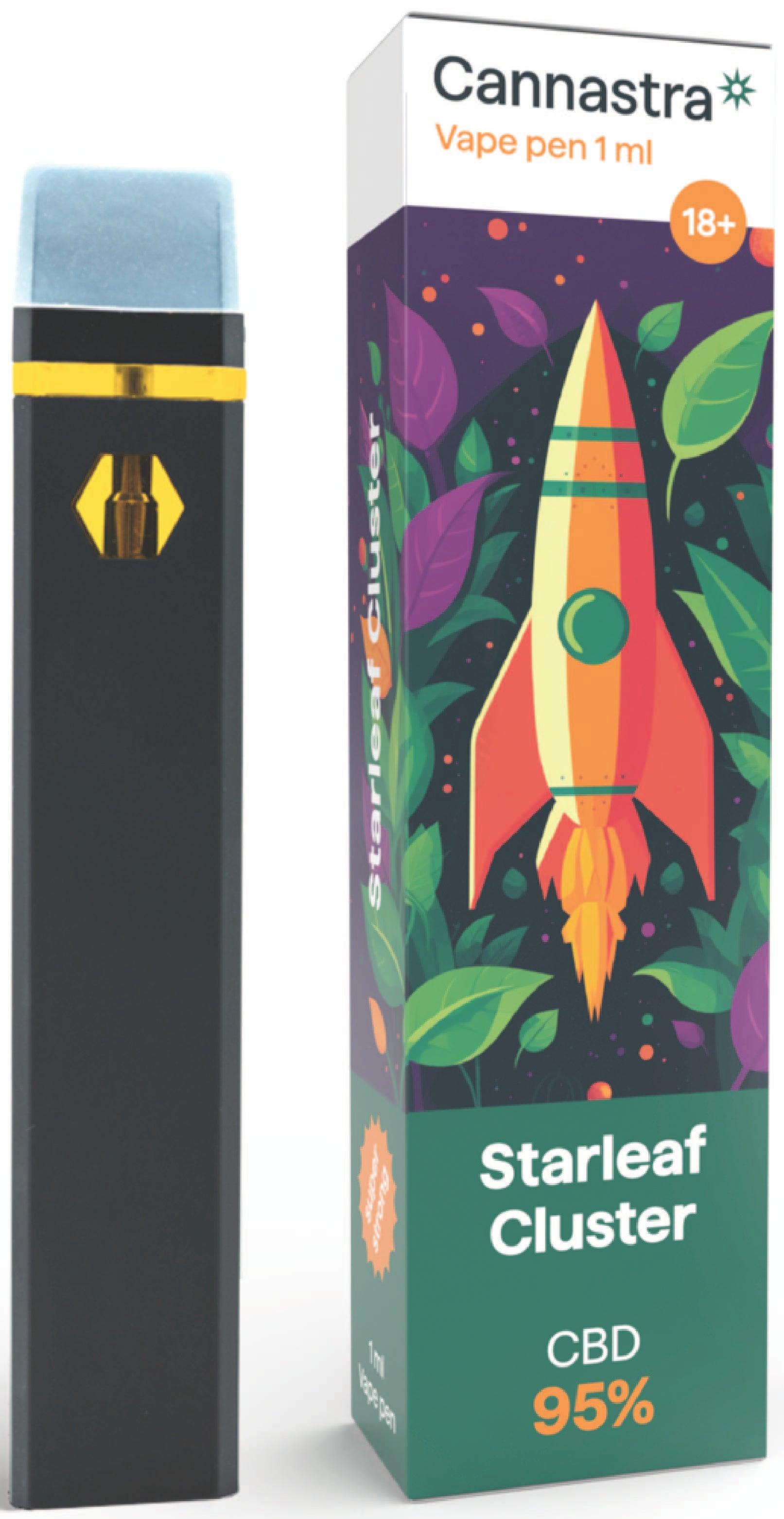In the rapidly evolving world of cannabis and nicotine consumption. Vaping has become a prominent alternative to traditional smoking methods. From its early conception in the 1930s to the sophisticated devices we see today. The evolution of vaping technology is a fascinating journey of innovation and adaptation. In this blog post, we delve into the key milestones that have shaped the vaping industry and discuss how these advancements are influencing the cannabis market. Especially in places like Malta, where cannabis clinics are embracing cutting-edge technology.
The Origins of Vaping Technology
1930: The Birth of a Concept
The idea of electronic cigarettes dates back to 1930, when Joseph Robinson was granted the first known patent for a device resembling an e-cigarette. Filed in 1927, this invention was never commercialized, and it remains unclear if a prototype was ever produced. Despite this, Robinson's patent laid the groundwork for future innovations in electronic nicotine delivery systems.
1960s: A Visionary Approach
In the 1960s, Herbert A. Gilbert took a significant step forward. He created a device that closely resembled todays modern e-cigarettes. He received a patent in 1965 and developed prototypes. Gilbert's invention faced challenges, such as a lack of commercial interest. Typically companies were waiting for his patent to expire before pursuing similar concepts.
1979: The First Commercial Attempt
Phil Ray, a pioneer in computer technology, teamed up with physician Norman Jacobson in 1979 to develop the first commercialized e-cigarette variant. This device, which relied on nicotine evaporation rather than electronics. A notable innovation but ultimately this was destined to fail due to its ineffective nicotine delivery. Despite its shortcomings, Ray and Jacobson's efforts contributed the term "vape" to the English language, marking a significant cultural milestone.
The Path to Modern E-Cigarettes
1990s: A Decade of Experimentation
The 1990s saw a surge in patents for nicotine inhaler devices, with both tobacco companies and individual inventors exploring various technologies. Some devices resembled modern e-cigarettes, while others relied on evaporation or chemical reactions. Reynolds' introduction of the Eclipse "heat-not-burn" device marked a notable development, although regulatory challenges, such as FDA's rejection of an e-cigarette market request in 1998, hindered widespread commercialization.
2003: A Breakthrough in Beijing
In 2003, Chinese pharmacist Hon Lik revolutionized the vaping industry by creating the first commercially successful e-cigarette. Motivated by his father's death from lung cancer, Lik developed a device that effectively delivered nicotine through vaporization. His company, Golden Dragon Holdings, rebranded as Ruyan, meaning "like smoke," and paved the way for the modern vaping market.
2006: The Global Expansion
The introduction of e-cigarettes to Europe in April 2006 and the U.S. in August 2006 marked a pivotal moment in the industry's global expansion. Despite initial regulatory hurdles, such as Turkey's ban on e-cigarette sales in 2008 and the World Health Organization's skepticism, vaping technology continued to gain traction worldwide.
Technological Advancements and Modern Innovations
The Rise of Customization: Mods and Sub-Ohm Tanks
As vaping grew in popularity, users sought devices with greater customization options. The development of "mods" allowed vapers to adjust airflow, wattage, and voltage, offering a personalized experience. The introduction of sub-ohm tanks and temperature control further enhanced vaping by providing larger clouds and improved flavor, while preventing burnt tastes and dry hits.
Convenience Meets Innovation: Pod Systems and Nicotine Salts
Pod systems emerged as a convenient choice for beginners and on-the-go users, offering ease of use and portability. The introduction of nicotine salts provided a smoother and more potent nicotine experience without the harshness of traditional e-liquids, making pod systems increasingly popular.
The Future of Vaping: Smart Features and Connectivity
Today, modern vape devices incorporate smart features and connectivity options, allowing users to monitor and customize their experience through smartphone apps and Bluetooth connectivity. This technological integration reflects the industry's commitment to enhancing user experience and adapting to evolving consumer preferences.
Embracing Vaping Technology in Malta's Cannabis Clinics
At Cannabis Clinics Malta, we are dedicated to staying at the forefront of vaping technology, offering a carefully curated selection of advanced products to enhance the cannabis consumption experience. By embracing innovations such as sub-ohm tanks, temperature control, and smart connectivity, we ensure that our clients have access to the latest and most effective vaping solutions.
As the vaping industry continues to evolve, we remain committed to exploring new technologies and delivering high-quality products that cater to the diverse needs of our clients. Join us as we navigate the rapidly changing landscape of vaping technology and discover how these advancements can benefit you.
Take a look at our Dry Herb Vaporisers or Disposable Vaporisers
Conclusion
The journey of vaping technology from its early beginnings to the sophisticated devices of today is a testament to the power of innovation and adaptation. With each technological leap, the vaping experience has transformed, offering users a safer and more customizable alternative to traditional smoking. As Cannabis Clinics Malta continues to explore the latest advancements in vaping technology, we invite you to join us in discovering the future of cannabis consumption.

